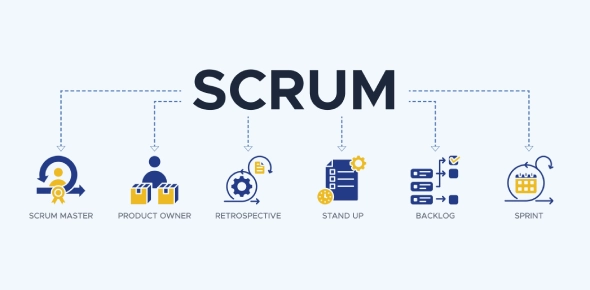SCRUM Programming Quiz: Test Agile Roles!
- PMI-ACP
- CSM
- PSM
2.
You may optionally provide this to label your report, leaderboard, or certificate.
×
Thank you for your feedback!
















